Hook Selection for Nymphs

By Bob Reece
While fly pattern aesthetics can be pleasing to the eye, solid foundations are equally important.
In the process of fly tying, hooks provide that footing. The desired imitation and application should both be taken into account when selecting hooks for any nymph pattern.
When tying a pattern that has been created by a professional tier, follow the hook choice shown in the original recipe. That tier researched, tested and chose that hook because it accurately allowed for the imitation that they intended. By supplementing a different hook you may alter the posture or profile of the pattern. This can subsequently alter its effectiveness. If you’re in the process of creating your own pattern you should take into consideration the behavior that you are imitating. For example, a swimming scud takes on a straightened posture as it moves through the water. Conversely, a dead scud drifting in the current displays a hunched position. Due to this fact, a straight shanked hook more accurately imitates the swimmer while a curved shank properly mimics the deceased drifter.
In addition to behavior, insect proportions should be analyzed when choosing hook models. For my time spent on Wyoming tail waters I tie midge patterns on size 18 to 24 1x long nymph hooks. In a drastic contrast, I tie large chironomid patterns in sizes 12 to 16 on 2x long nymph hooks for the lakes that I guide on. This difference is not due to a personal preference. It is strictly based on knowing the proportions of the food resource that I am imitating.
Application of the nymph pattern you’re constructing should also impact the model of hook that you choose. While using the
Read More »Be Stealthy Like A Czech Nympher
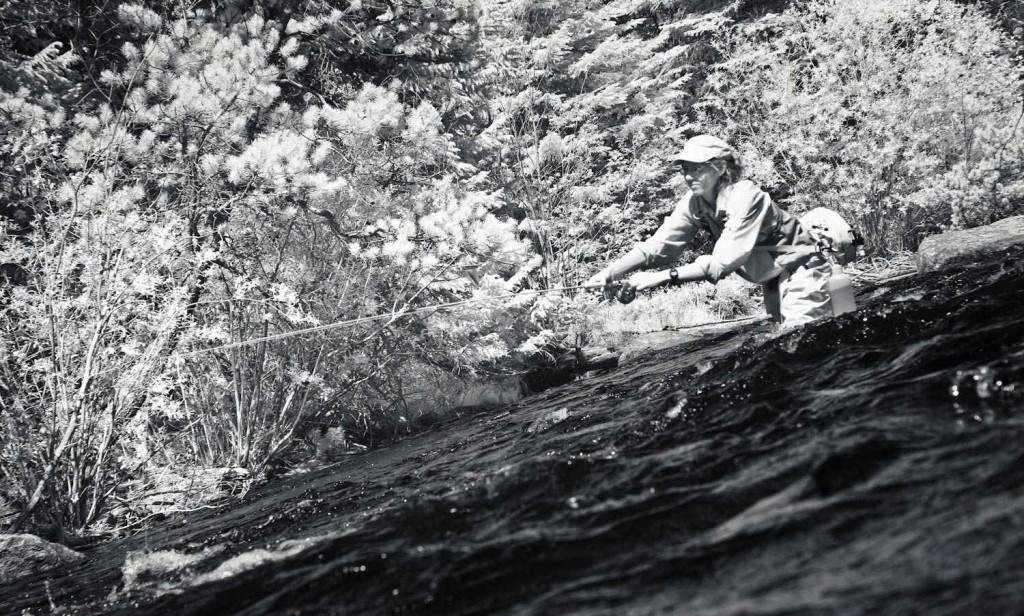
I’m not afraid to admit I’m not a big fan of Czech nymphing.
I’m not an aficionado of the popular three-fly nymph rig either. It’s not the right rig for fly anglers that lack discipline or are daydreaming fly casters. Furthermore, a freshly tied rig can become a birds nest instantly, simply by a landed fish, rolling in the net. That being said, I’m not saying Czech nymphing doesn’t work, it undoubtedly has it’s place in trout fishing, and can be highly effective at times, it’s just not my first choice.
Here’s what I’ll admit and also highly respect about the die hard Czech nymph fisherman out there. Most are very good at approaching fishing holes with complete stealth so they don’t spook fish. They take the time to think out their approach before casting, making sure they’re positioned perfectly so they can execute the best presentation and drift with their flies. Why do they do this you ask? Because success in czech nymphing demands it. Fly anglers fishing this rig are limited to short distance casts and drifts. This ensures they’ll stay in constant contact with their flies for strike detection and will also be able to maintain proper fly depth during their drifts.
You’ll never see a veteran czech nympher fishing out of his/her boundaries.
That’s why we should be
Read More »Sunday Classic / The CDC Blood Midge
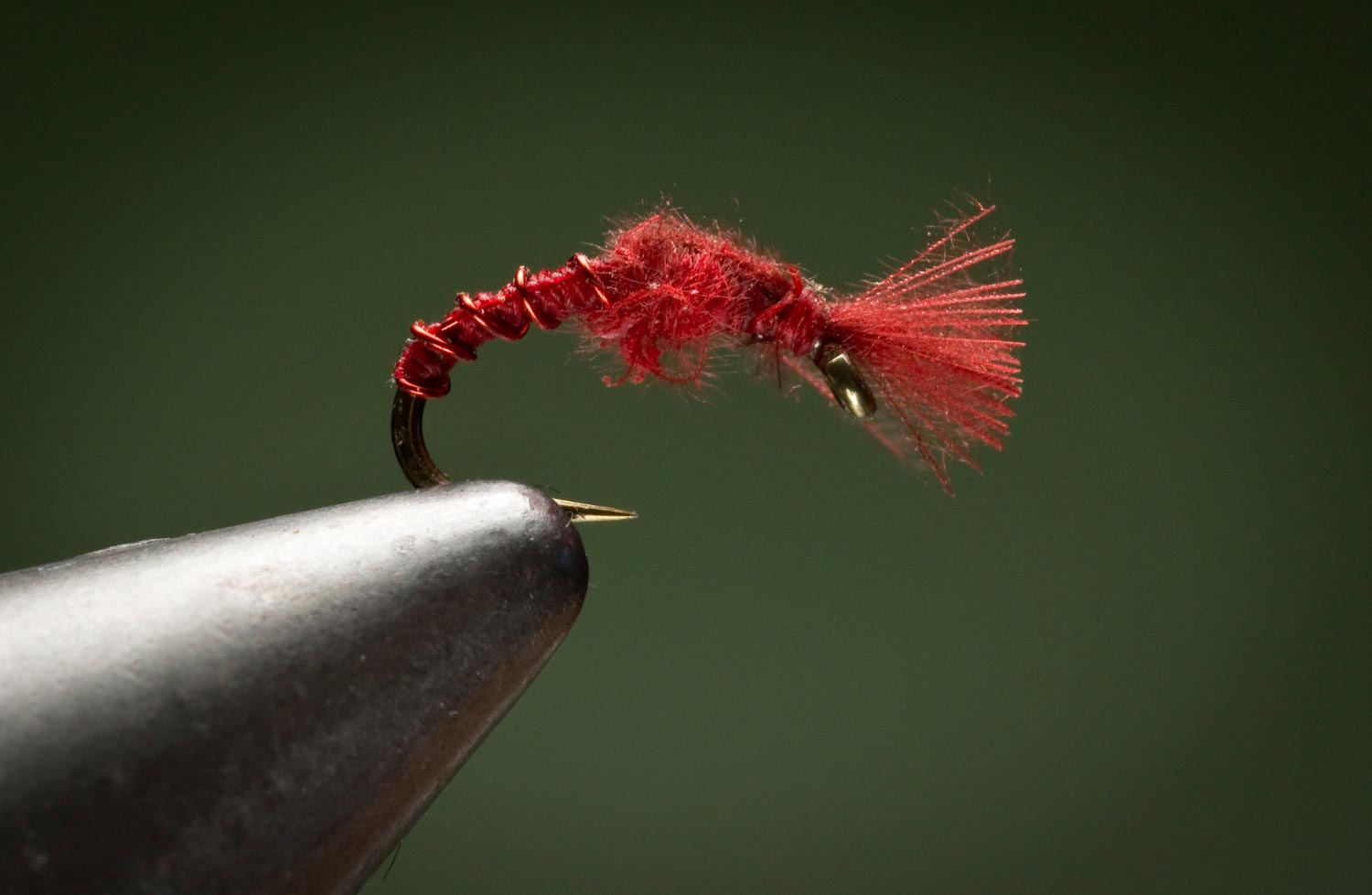
MIDGE PATTERNS CAN BE REMARKABLY EFFECTIVE FOR TROUT.
Depending on how you count them there could be over a thousand species of midge. That’s a lot of choices for the discerning trout. There are almost as many choices for the angler and a midge obsession can easily get out of hand.
I find that more times than not a Blood Midge will do the trick. I spent a morning on the Colorado River one April and caught twenty-four brown trout on a blood midge without moving my feet. Trout are naturally attracted to these red patterns even when they are not an exact match for the naturals. I’ve tied many different Blood Midge patterns but my current favorite is the CDC Blood Midge. The power of CDC can not be overestimated. This is a great pattern and very easy to tie.
Watch the video and learn hoe to tie The CDC Blood Midge.
Read More »Saturday Shoutout / Huge and Hungry
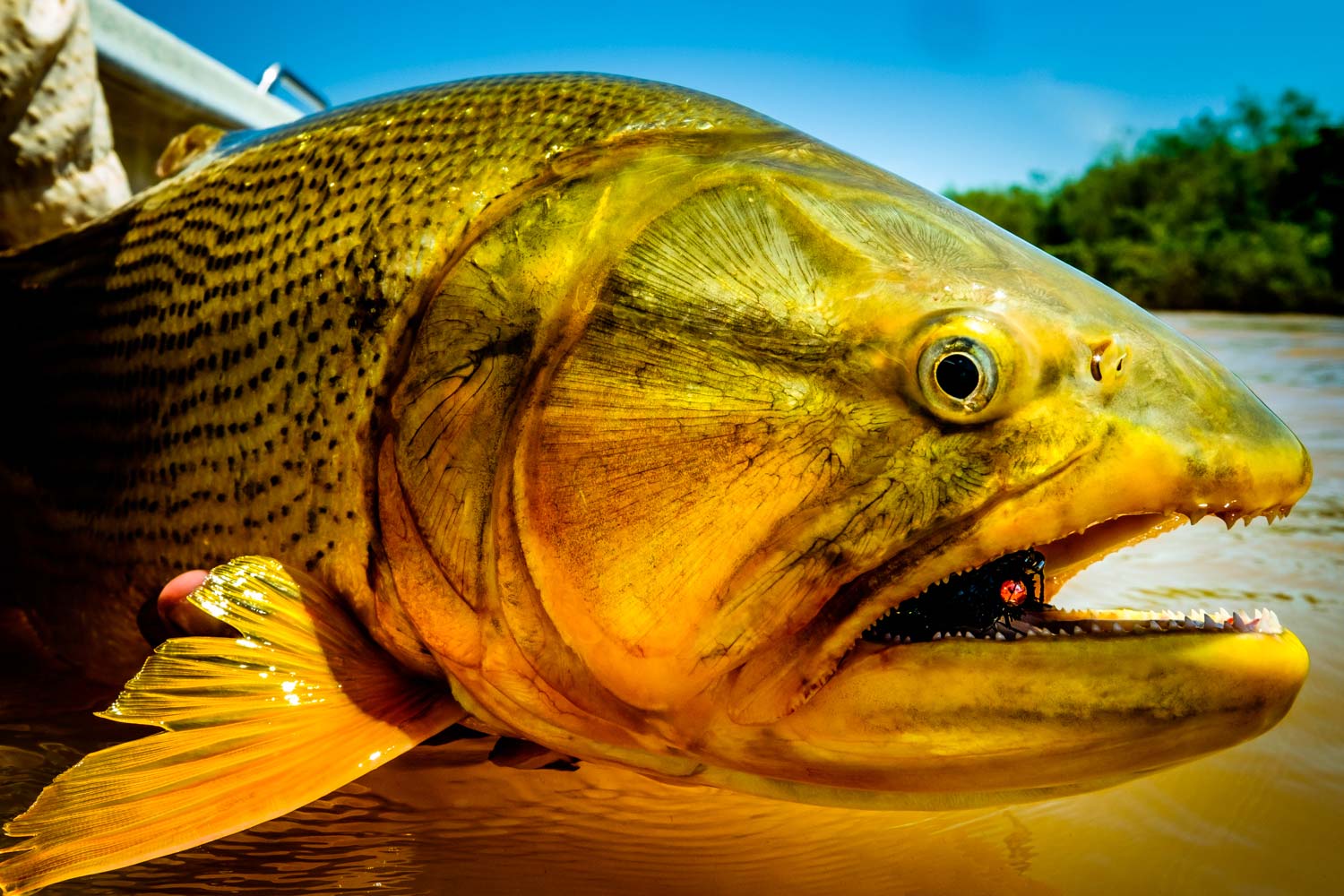
Golden dorado are without doubt the most aggressive fish on the planet.
I can hardly believe that in just two months Justin and I will be chasing these monster fish in the same water where this video was filmed. Excited doesn’t begin to cover it. I don’t know of anything more exciting than the explosive force of a golden dorado eating your fly. I can feel the line burns already.
This video features our friends at Andes Drifters putting the hurt on some golden slabs. Although this year’s trip is sold out, we are booking dates for Feb 2019. If you think you might like to tangle with one of these monster yourself, drop me a line. hookups@ginkandgasoline.com
ENJOY, “HUGE AND HUNGRY”
Read More »Long Line Pickup: Video
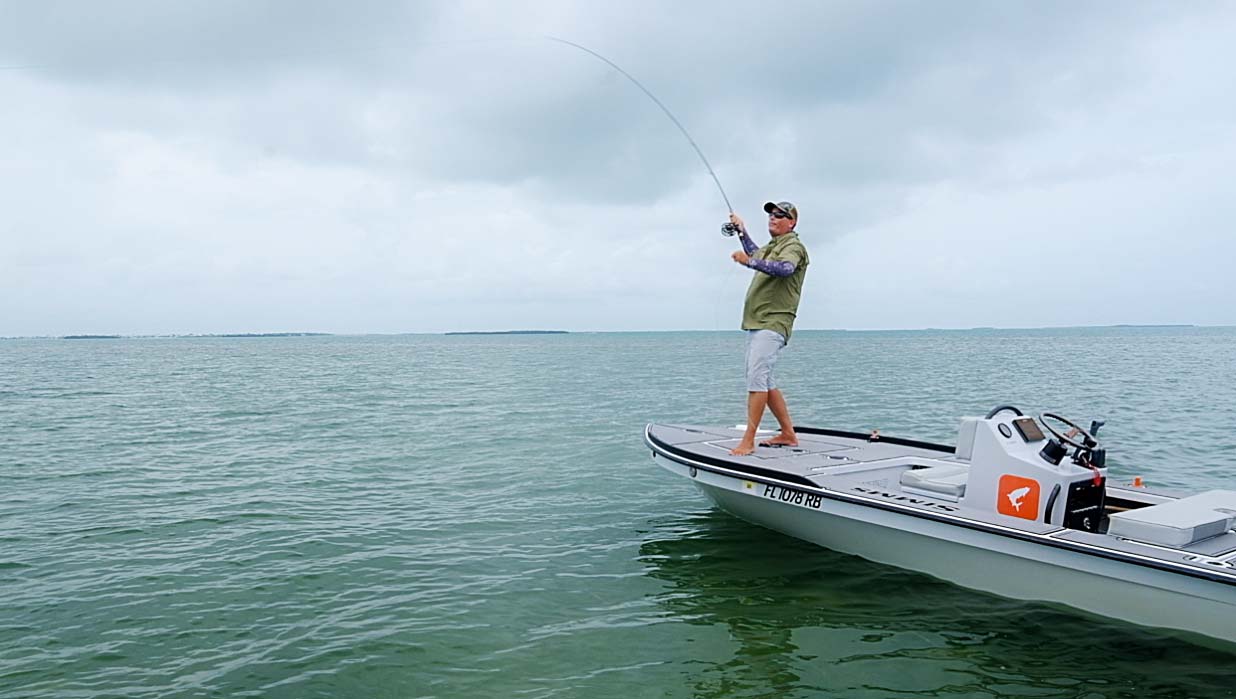
One of the toughest challenges in fly casting is picking up a long line to recast.
It’s a skill that’s essential for saltwater anglers. Things change quickly when you’re fishing the flats and you have to be able to reposition your fly quickly and quietly. Last week our buddy Bruce Chard helped us out with lifting our line quietly. This week Bruce will show us how to lift a long line and make a successful second presentation.
Practice these skills and you’ll find yourself catching more fish on the flats!
WATCH THIS VIDEO AND LEARN TO PICK UP A LONG FLY LINE QUICKLY AND QUIETLY.
Read More »Hook Selection for Dry Flies
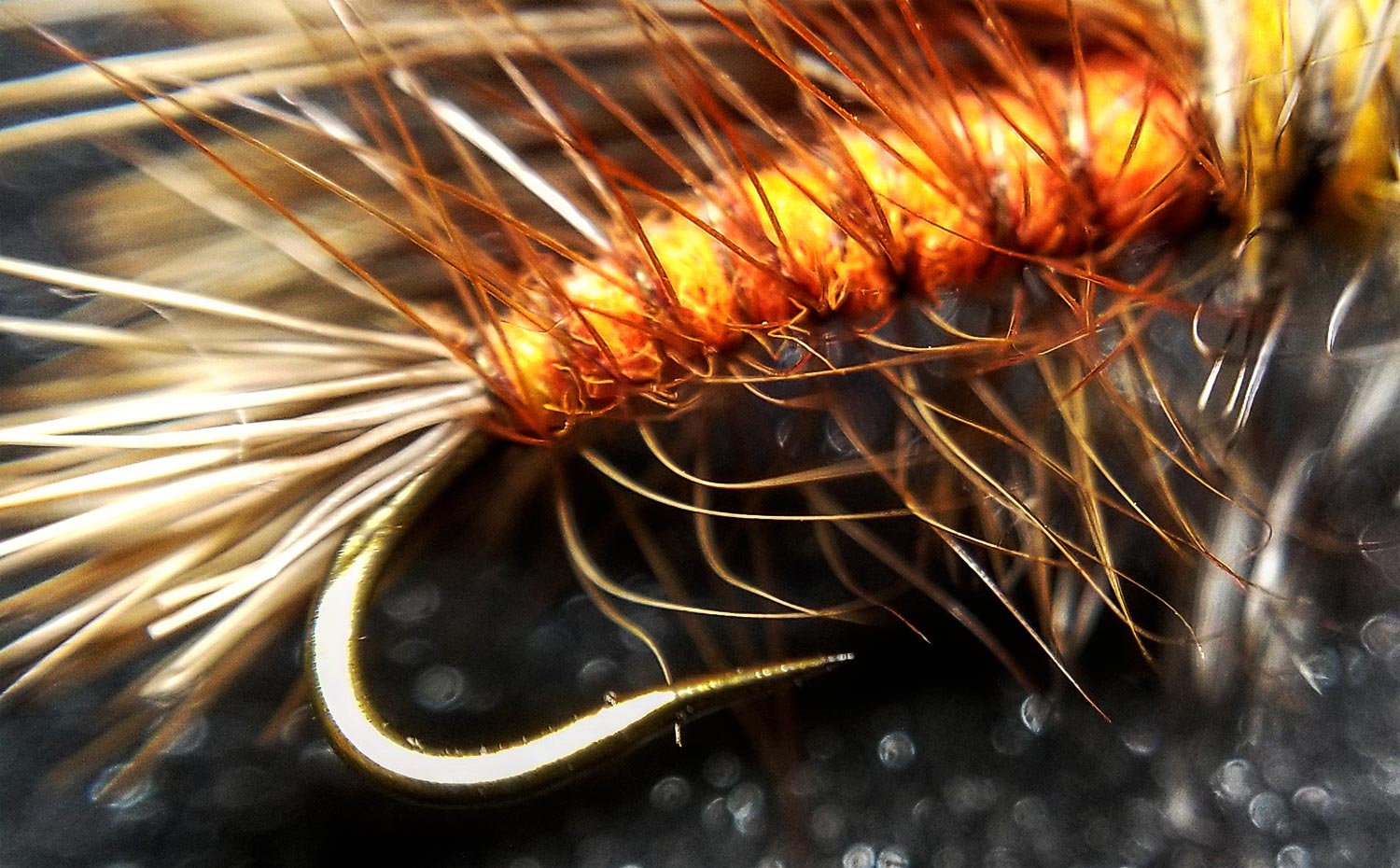
By Bob Reece
The crisp image of a delicately floating dry fly epitomizes fly fishing for many anglers.
The visual attributes and buoyancy of surface riding patterns are important. However, the shape and structure of the metal that forms their core is equally significant.
Within the world of trout focused dry flies, there are two major classes. These consist of traditional dries and terrestrials. There is significant variation among profiles in these classes of artificial bugs. This discrepancy of shape can be imitated through the use or varying hook shank lengths or the creation of extended bodies.
When constructing many traditional dries with dubbing based bodies, hook shank length determines the abdomen length. If you’re constructing a pattern that has been created by a professional tier follow their recommended hook in the original recipe. They chose this hook to match the proportion of the insect they were imitating. It can also be helpful to pay attention to the brand of hook that they have chosen. The strength and quality of all manufactured hooks is not equal. When creating your own dubbing based bodies, research the actual insect you are imitating. Choose a hook shank length that allows you to accurately match its profile in terms of length.
Abdomens constructed of hair, foam and other rigid materials can be tied onto the hook shank. However, the firm nature of these materials lends to
Read More »How to Fly Fish Straight Sections of Trout Water
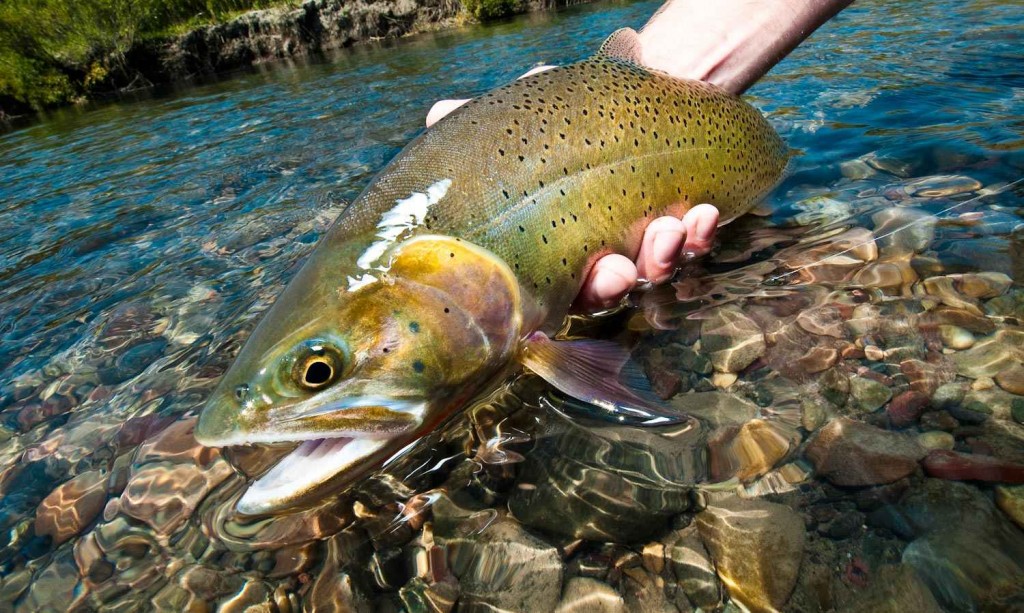
By Kent Klewein
We all love to fish the bends of a river but what do we do in the straightaways?
It’s your lucky day. You’ve somehow managed to get away from your busy work schedule and find time to spend a few days fly fishing for some beautiful trout. You’ve brought several trout to hand fishing a series of S-bends, and you feel like a hero. Life is good, right? Unfortunately, the hot fishing is about to slow significantly as you round the bend in the river and notice the river flows straight as an arrow for the next several hundred yards. There’s very little mid-stream obstructions and no well defined current seams. Furthermore, the water depth is consistent bank to bank. You fish for a while, working your way upstream blind casting, but you’re not having any luck. You find yourself getting frustrated because you can’t figure out where the trout should be holding, and there’s no rising fish. What should you do?
When I find myself in this situation, I focus on presenting my flies against the banks. When there’s no obvious current seams or in-stream structure providing depth change or current buffers, cutthroat trout will generally prefer holding close to the banks. The water current running along the banks causes friction, and this friction slows down the current speed making it a much more efficient place hold and feed. Because all trout prefer to feed in areas where they can consume more energy than their expending, they instinctively search out these slower current areas. So remember
Read More »G&G “Christmas On The Fly” Tying Contest
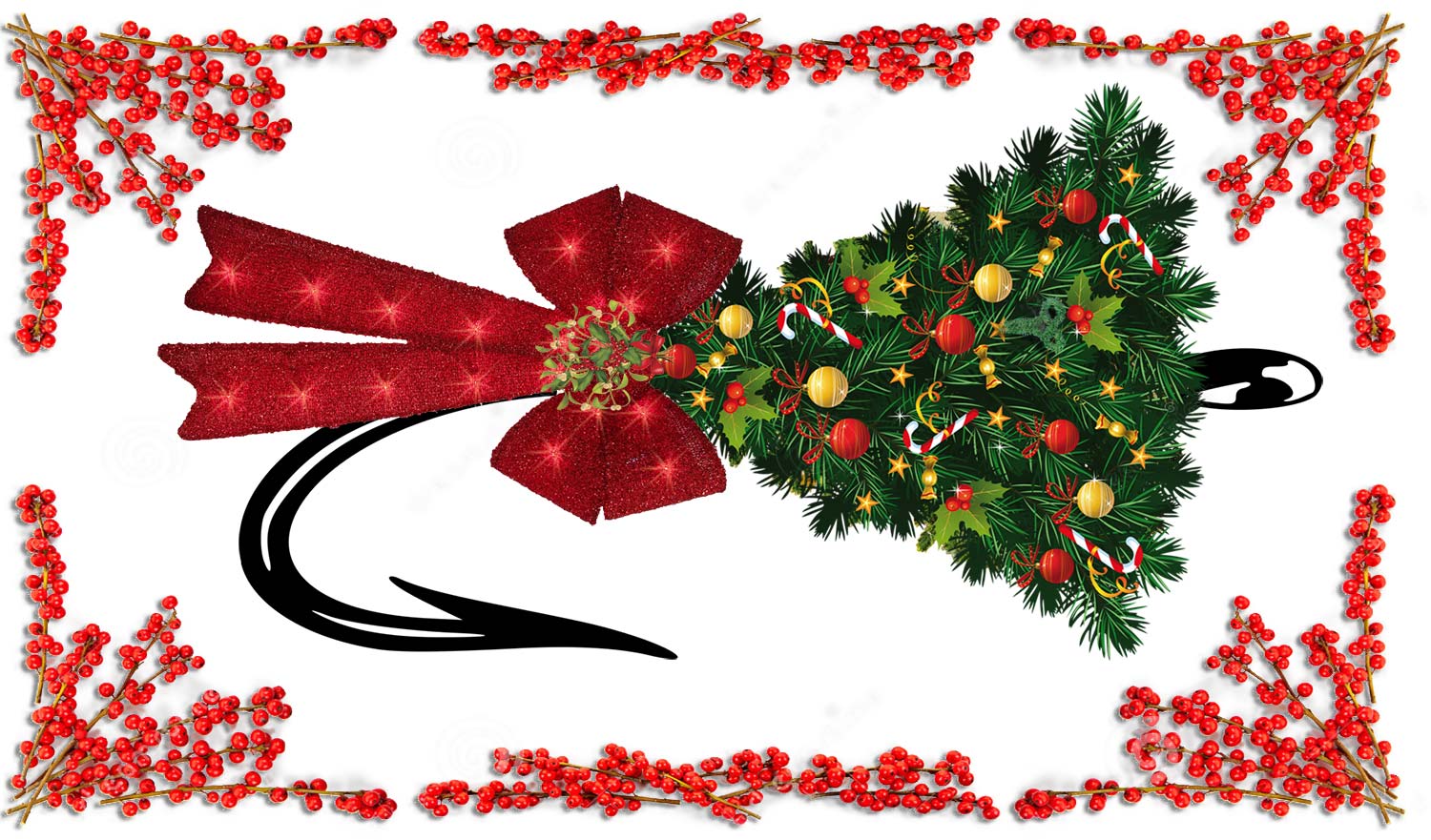
Alright all you fly freaks, it’s time to get festive!
Christmas is just days away and we’ll all be decking the halls with tinsel, garland, and all sorts of shiny, colorful décor, making this the perfect opportunity to take advantage of these gaudy materials to manufacture new masterpieces of majestic splendor!
We want you to show us your yuletide tying talents by sending us a photo of your best creation using holiday decorations and materials. Of course your efforts will not go unrewarded. In this winner-takes-all material mash up, there is a nice grab bag of swag to be won by the tier with the most Christmas creativity, including gear from Rising, Simms, Cortland, Sight Line Provisions, Plan D Fishing, Whiskey Leatherworks, Appalachian Leader Co., and more!
Please see the contest rules below! We look forward to seeing all of your fantastical creations! Winner will be announced on the site Christmas morning!
Contest Rules
Read More »Tear Up Your Fly Fishing Resume
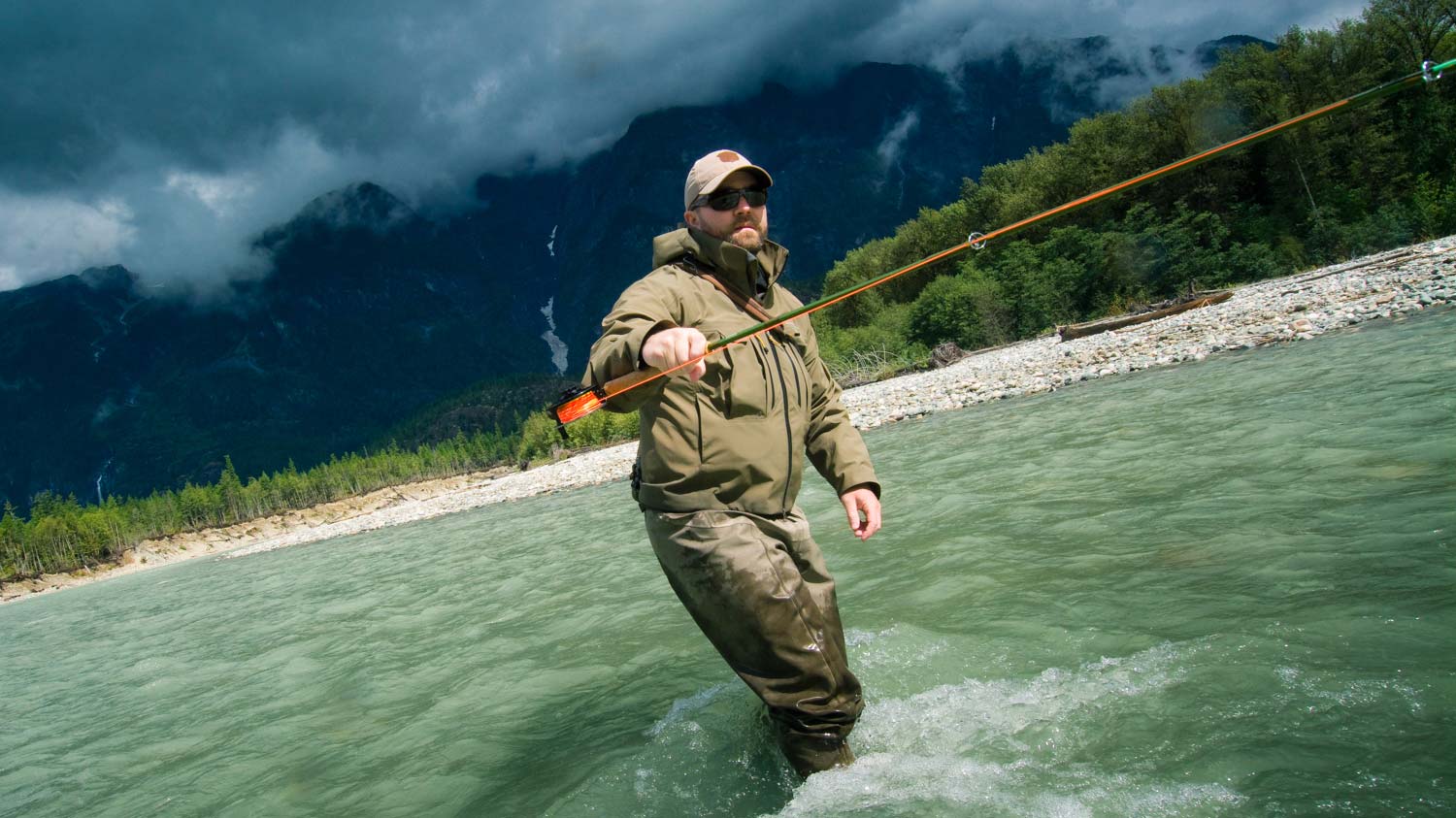
By Louis Cahill
Far too often it’s an angler’s self image that gets between them and the fish.
In a recent article, I wrote about how I believe that, as a group, the fly fishing community doesn’t always do a good job as ambassadors of the sport. In brief, I think we make new anglers self conscious and afraid to ask questions or seek advice. The other side of that dilemma is that way too many anglers let their pride get in the way of their progress. To often we take a defensive posture with other anglers, who could teach us something.
Nobody likes the expert. We’ve all spent time around the guy who wants to be the big shot and impress everyone with his fly fishing prowess, which is usually not impressive. I’m not defending that behavior. In fact, I find that the anglers who are the most skilled are also the most humble. I don’t think that is a coincidence. I think those anglers learned long ago that they could learn something from anyone, if they listened.
I was having a conversation about flats fishing with another angler who voiced some opinions I know to be pretty far off base. This was a conversation about fishing over a beer and since he brought it up, I felt invited to offer my opinion. I also knew for a fact that his assertion had a lot to do with his getting skunked that day, so I politely responded.
“I think these fish…” I was quickly met with, “I’ve fished down here for twenty years!”
I shut up and let him enjoy his ignorance. The fact is that he has fished three days a year for twenty years so I’ll concede that he has two months of experience. He knew nothing about me as an angler. Not how many days a year I fish, or for how many years, or even that I had a pretty great day while he was getting skunked.
I’ve heard that line a hundred times and I’ve never heard it from an angler who was
Read More »Sunday Classic / Elevate Yourself to Increase the Distance You Can High-Stick

Most of the time when your fly fishing for trout, the last thing you want to do is elevate yourself. In most scenarios, that will usually do more harm than good, by increasing the chances of trout spotting you and spooking. Notice I said “most scenarios”, every once in a while, an angler is forced to go against traditional principles to find success. The other day, I found myself trying to fish an eddy and slow water seam on the far bank. Making the cast wasn’t the problem, it was getting a long enough drag-free drift to get my fly to the fish. Even with my best high-sticking efforts, every cast the super fast water between me and my target water would grab my fly line and suck my flies out prematurely. After a couple minutes of struggling with my drifts and failing to get any bites, I decided to climb up on a boulder next to me. This elevated me three feet, and allowed me to keep 100% of my fly line off the water and get that long drag-free drift. I caught three trout after
Read More »